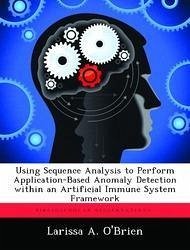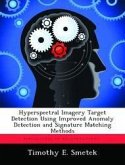The Air Force and other Department of Defense (DoD) computer systems typically rely on traditional signature-based network IDSs to detect various types of attempted or successful attacks. Signature-based methods are limited to detecting known attacks or similar variants; anomaly-based systems, by contrast, alert on behaviors previously unseen. The development of an effective anomaly-detecting, application-based IDS would increase the Air Force's ability to ward off attacks that are not detected by signature-based network IDSs, thus strengthening the layered defenses necessary to acquire and maintain safe, secure communication capability. This system follows the Artificial Immune System (AIS) framework, which relies on a sense of "self," or normal system states to determine potentially dangerous abnormalities ("non-self").
Hinweis: Dieser Artikel kann nur an eine deutsche Lieferadresse ausgeliefert werden.
Hinweis: Dieser Artikel kann nur an eine deutsche Lieferadresse ausgeliefert werden.








